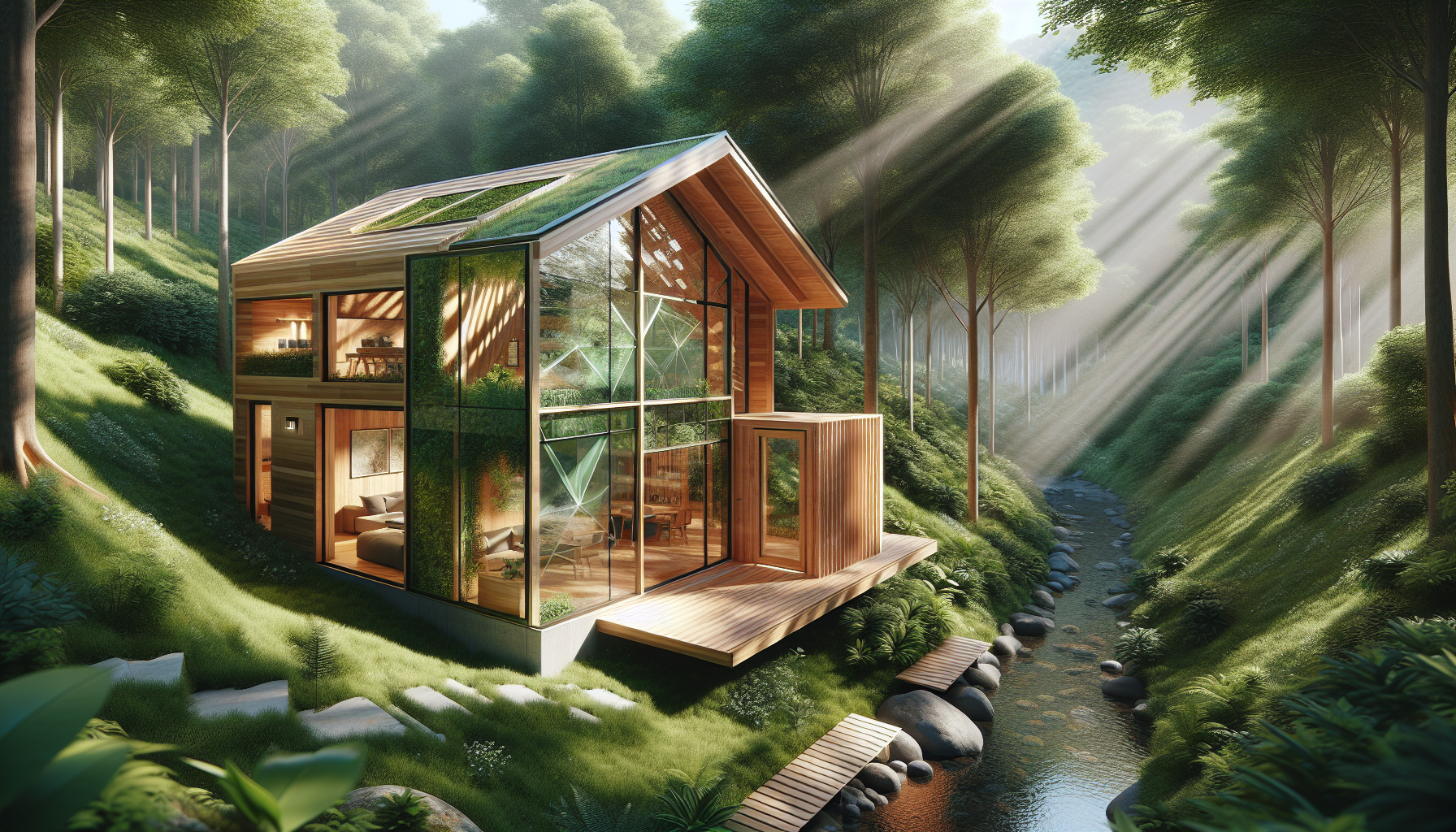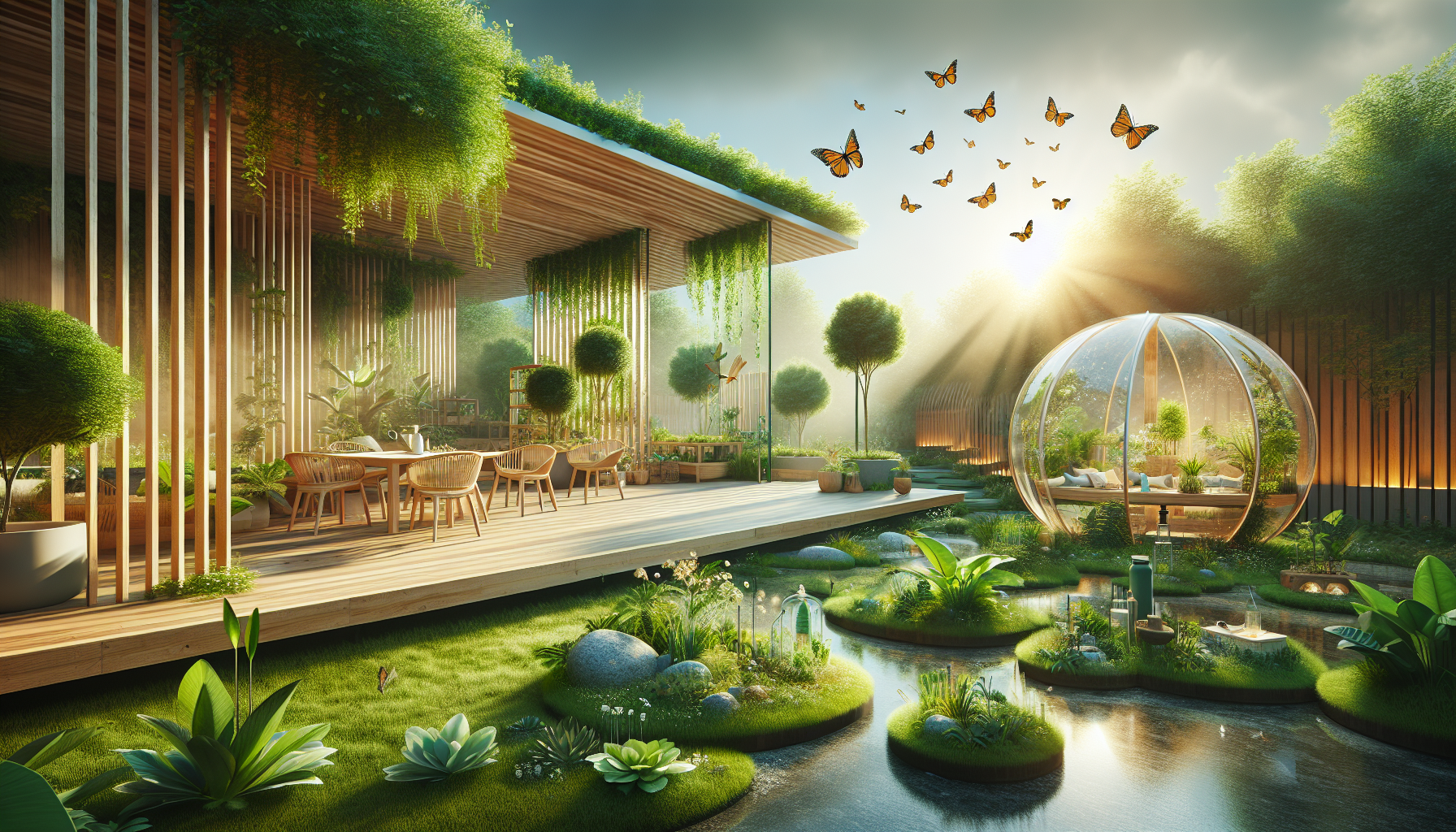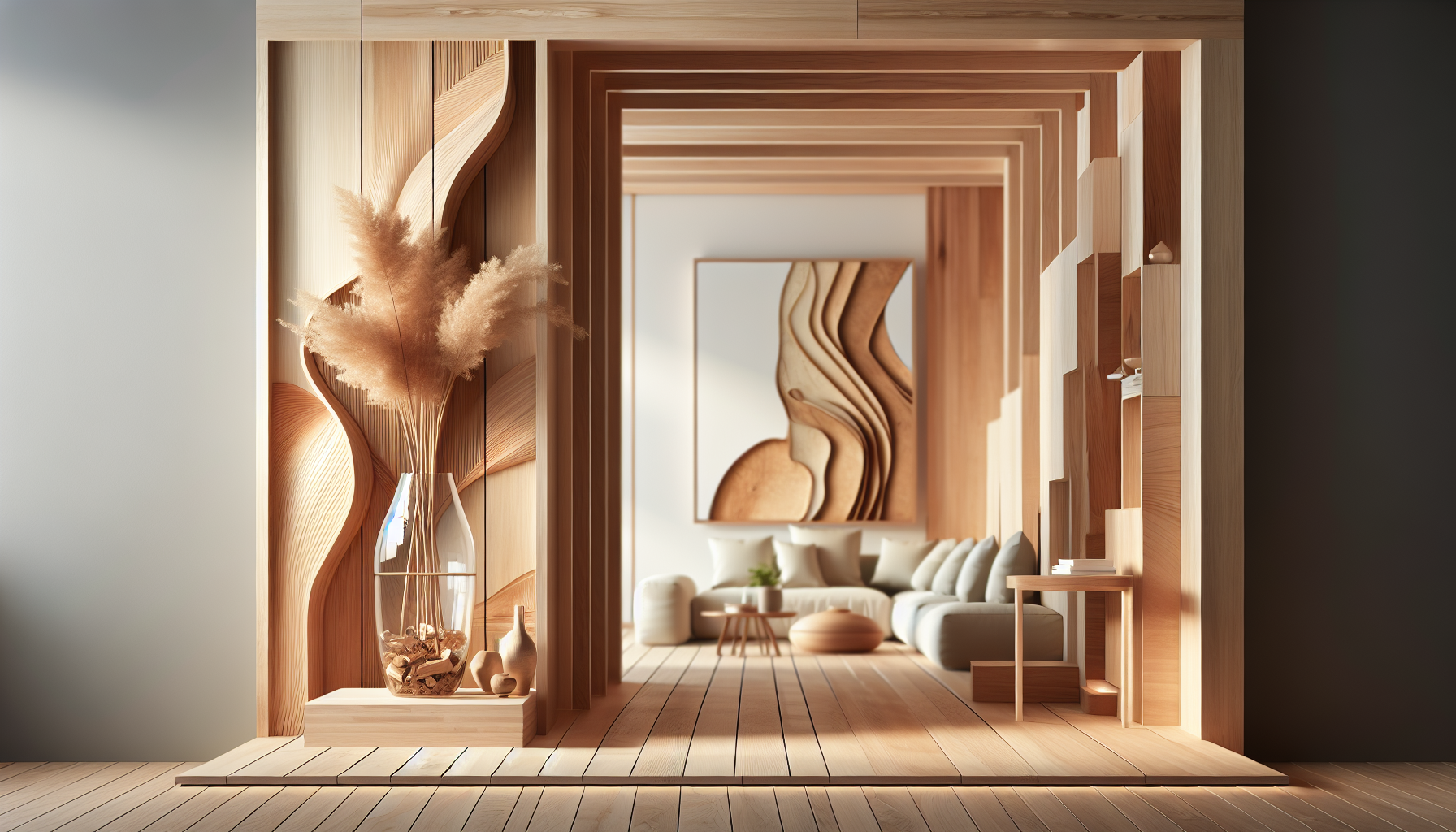Two major driving forces are revolutionizing modern architecture: the demand for sustainable design and the rise of the tiny house movement. By pairing this focus on minimized living with eco-friendly practices, we can create homes that are efficient, affordable, and greatly reduce our carbon footprint. Two commonly used materials which are integral to this approach are wood and glass.
Rediscovering The Charm of Wood and Glass
Crafting structures with wood and glass dates back centuries. Wood, sturdy and renewable, forms the framework of most homes. Glass, although delicate, boasts unparalleled aesthetic versatility and can reflect or absorb light to set any ambiance. Pair these two together, and you have a beautiful, renewable, and flexible medium that is perfect for the creation of eco-friendly tiny houses.
Architectural Innovation Made Sustainable
Sustainability isn’t a mere trend; it’s a necessity for our future. Strong, dense woods like oak and maple, if harvested responsibly, provide an eco-conscious option for construction.
The art of eco-friendly woodworking pushes us to reconsider the worth of every scrap. Offcuts and shavings find new purpose as insulation, compost, or even charming decor pieces. Buyers can also consider sustainably-produced alternatives to traditional wood such as bamboo, a fast-growing plant that reaches maturity in less than five years.
Similarly, glass can be recycled endlessly without loss in quality or purity. Architects have perfected the art of forming it into gorgeous, energy efficient windows, shower stalls, and decorative elements. Stained glass, in particular, adds an extra touch of elegance and personal style to tiny homes. It can also be made from upcycled materials, reducing its environmental impact even further.
Absolute Brilliance of Glass Features
From stunning stained-glass windows to sleek, modern glass siding, employing glass in tiny house design opens up a world of possibilities. More than just an entry for light and views, glass is a remarkable material that can take any shape and, importantly, contribute to energy efficiency.
Insulated window designs act as vital thermal barriers, reducing energy loss and decreasing utility bills. Attentive placement of glass windows and doorways also ensures the home optimally utilizes natural illumination, a practice known as daylighting.
Creating with Reclaimed Wood
1. Source old lumber from barns, homes, or factories slated for deconstruction
2. Treat and process reclaimed wood to ensure its safety and longevity
3. Design with versatility and flexibility in mind, recognizing that each piece of reclaimed wood has its unique charm and characteristics
4. Don’t be afraid to mix and match different wood types and finishes to give your home a rustic, eclectic appeal.
5. Consider employing wood-glass interior design elements for a modern twist.
Finishing Touches: Crafted Decor to Complete your Tiny Home
Complete your eco-friendly tiny house with artful decor. Consider the power of artfully crafted wood and glass lamps or rustic chalet decor. Utilize responsibly harvested and recycled materials to craft meaningful, eco-friendly artistic expressions that resonate with your decorating sense to create a personal home that is truly a reflection of yourself and your commitment to our planet.
Within the world of architecture, wood and glass stand as two of the most versatile, stunning, and sustainable materials for construction. By committing to eco-friendly practices like using renewable resources, recycling and repurposing, we can craft beautiful, sustainable tiny homes that contribute to a brighter future for all.



